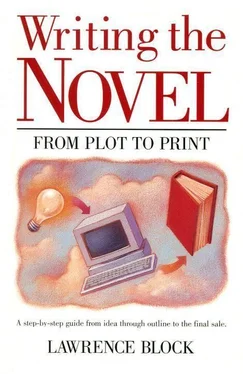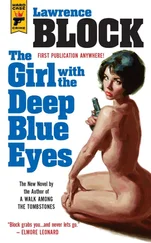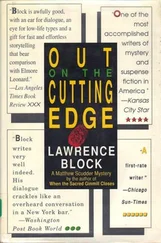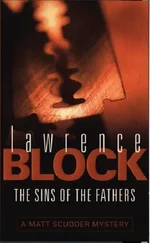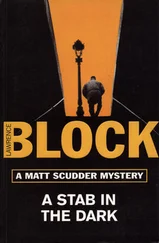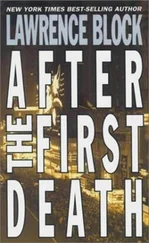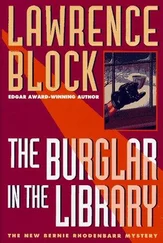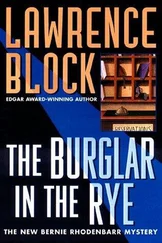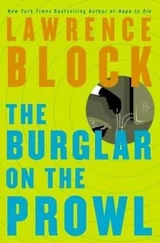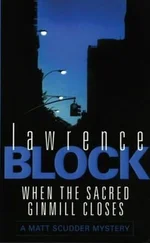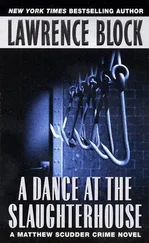To sum up:
An outline is a tool, the equivalent of a painter’s preliminary sketches. Use it to whatever extent it is helpful. Don’t be a slave to it; if the book begins to grow away from the outline, let the book chart its own course.
Above all, remember there’s no one right way to do it. You can sit down with no outline whatsoever and write the whole book from first page to last. Or you can write a one-page synopsis, expand it into a chapter outline, expand that into a detailed chapter outline with each scene sketched in, and even expand that outline into a super-treatment with bits of dialogue included and point-of-view changes indicated. Some writers operate this way, blowing up the balloon of their novel one breath at a time, until the writing of the novel’s actual first draft is just a matter of doubling the length of the final outline. If that’s what works for them, then that’s the right way to do it — for them.
Finally, for anyone interested in the best illustration I can recall of what an outline is and how it all works, I would recommend Donald E. Westlake’s hilarious novel, Adios, Scheherazade. The narrator is a hapless hack who has written a sex novel a month for the past twenty-eight months and who confronts a massive writer’s block when he attempts to write Opus Twenty-Nine. At one point he produces an outline for the book, an outline that’s very instructive to any apprentice novelist while it finds its way to one of the funniest punchlines I ever read. I can’t reproduce it here, but I earnestly commend the book to your attention.
Chapter 7
Using What You Know... and What You Don’t Know
How to put the background you have to work in your novel. Capitalizing on your own experience. Research — how and when to do it, how and when to do without it
Write about what you know.
That’s the conventional wisdom, and it seems as sensible now as it did when I first heard it back around the time when the idea of becoming a writer first occurred to me. Several writers whom I greatly admire — Thomas Wolfe for one, James T. Farrell for another — had written whole series of novels which I recognized as frankly autobiographical. Others wrote books that clearly derived from their own life experience. One dust jacket blurb after another would recount the author’s background, and each of those writers seemed to have the sort of job résumé that would strike terror into the heart of a personnel manager. A writer, I quickly learned, was someone who grew up on an Indian reservation before running off with a circus. Then over a period of years he worked as an itinerant fruit picker, a gandy dancer on the railroads, a fry cook in a lumber camp, and a teacher in ghetto schools. He saw combat in an infantry division and spent a few years as a merchant seaman. He wrestled a grizzly bear and made love to an Eskimo woman — or was it the other way around?
Never mind. In any event, it was evident to me that I had two choices. I could ramble around the world gathering up subject matter for stories and novels or I could probe the depths of my life to date, telling an eager world just what it was like to grow up in Buffalo, New York, in one of those happy families that Tolstoy has assured us are all alike.
I recognized at a very early date that I was not temperamentally equipped to write the conventional autobiographical novel. While I would not argue that my family and childhood contain nothing of the stuff of which novels are wrought, I was neither sufficiently perceptive nor of the right emotional bent to turn that background into fiction, though many writers have done that successfully.
Nor did I seem inclined to stride adventurously into the world, ready to take on whatever grizzly bears and grizzlier women presented themselves. I was in a hell of a hurry — not to amass experience but to get busy with the actual business of writing. As I’ve recounted, I wound up writing for a living at rather a tender age; I couldn’t write out of my own experience because I hadn’t had any, for heaven’s sake.
One way or another, this is the case with a great many of us. While a few of us actually have the adventures first and then learn how to type, that’s not usually the way it goes. In actual practice most real-life adventurers never get around to writing; there’s always another grizzly bear in their future, and they’re too much inclined to pursue fresh experience to bother with emotion recollected in tranquility, as Wordsworth characterized the origin of poetry. Even when we start out with a background of extensive life experience, adventurous or otherwise, we generally tend to use up our past in our fiction and find ourselves stranded like an overzealous general who has outrun his supply lines. It doesn’t take too many books for most of us to exhaust the experiences we’ve piled up before we started writing. And how are we to gather fresh experience after that point? We’ve just been sitting in rooms, staring into space and banging away at typewriter keys, and how are we to fashion that experience into a novel?
The difficulty of writing out of one’s experience can be vividly demonstrated in the field of genre fiction. In my own bailiwick of crime fiction, for example, I’m at a loss from the standpoint of experience. I have never been a private detective like Joe Gores, a cop like Joseph Wambaugh, or a district attorney like George V. Higgins. Neither have I worked the other side of the street and spent time in the clink like Malcolm Braly and Al Nussbaum — not yet, anyway.
All the same, I find myself using my own background and experience every time I go to work. Just as often, I find myself using what I don’t know — putting to work a combination of research and fakery to furnish what my own background and experience cannot supply.
Let’s take them in turn. How can you put your own presumably ordinary background and experience to work for you? Here are a few ways to make use of what you already know.
Shape your story line to fit your personal knowledge and experience.Let’s hearken back for a moment to the gothic novel we examined in outline form in an earlier chapter. Remember the premise? “A young widow is hired to catalogue the antique furniture in a house on the moors in Devon....” Perhaps you might have come up with just that plot after having done some studying of the gothic category. There’s only one trouble. You don’t know Louis Quinze from Weird Louie the Plumber, you don’t know moors from marshmallows, and the closest you’ve been to Devon is St. Joe, Mo.
It might seem as though the obvious answer is to write about a weird Missouri plumber with a passion for marshmallows, but the resultant manuscript might be tricky to place with an editor of gothics. A less radical solution calls for examining your plot line and seeing how you can adapt it to fit what you’ve got going for you.
You say you don’t know zip about antique furniture? Well, that’s okay, but what do you know about? Rare books? Maybe your heroine has been hired to catalogue the ancestral library. Have you got some background in fine art? Maybe she was hired to clean and restore paintings, or to evaluate them or something. Is there some sort of collectible with which you have a fair degree of familiarity? Rare stamps or coins? Old porcelain? Nineteenth-century patent medicine bottles? Roman glass? Oceanic art? A good many plots are almost infinitely adaptable in this fashion, and it doesn’t take too much in the way of ingenuity to discover a means of channeling such a story to fit whatever expertise you can furnish.
Use familiar settings for your material.Let’s say you haven’t wandered far afield from St. Joe, Mo. Or Butte or Buffalo or Bensonhurst. How are you going to write this story about the young widow on the Devonshire moors and make it authentic?
Читать дальше
